Train travel is on the rise, these are rail experts' tips and tricks
Rail holidays are so hot right now - but before you jump on just any train, you'll want to consider these insider travel tips.
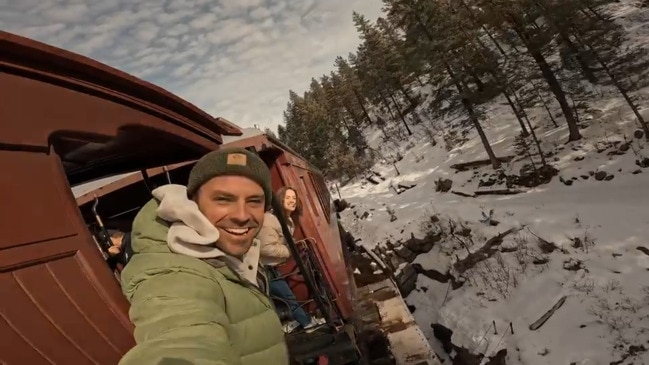
Lifestyle
Don't miss out on the headlines from Lifestyle. Followed categories will be added to My News.
We’re in the midst of a rail renaissance, as ticket sales boom and  another golden age of train travel begins.
Train-related bookings at Intrepid Travel have risen 225 per cent in the past two and a half years – such an increase that the company introduced a dedicated new rail range last June. An internal survey revealed 75 per cent of Australian travellers were interested in travelling by train on their next trip. Almost 90 per cent wanted to reduce their carbon footprint and travel more sustainably, while 66 per cent wanted to enjoy the scenery and use the journey as a chance to unwind.
Rail travel is also making a big comeback in the United States, with the national passenger network Amtrak announcing an uptick of 15 per cent – and record numbers – in 2024. “Rail travel has been growing in popularity over the last several years, and is increasingly seen as not just a mode of transportation, but as an integral part of the vacation,” said Frank Marini, CEO of Railbookers, which specialises in Amtrak packages.
Here’s everything you need to know to get on board with the train trend.
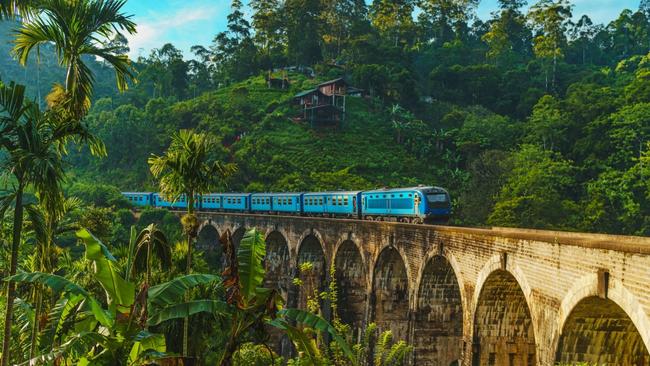
1. What’s your rail style?
Train trips, like any other holiday, come in a range of different styles. For example, Belmond’s celebrated Venice Simplon-Orient-Express is perfect for lovers, Canada’s Rocky Mountaineer – which travels through stunning mountain landscapes – is ideal for nature enthusiasts. Kids will love Arizona’s Grand Canyon Railway, while Sri Lanka’s “blue train” from Kandy to Ella is a backpacker’s dream. Golden Eagle Luxury Trains are for those who like to experience culture in comfort in destinations such as China, Tibet and the ’Stans, and solo travellers will love Amtrak’s epic California Zephyr journey from Chicago to San Francisco. In Australia, food-lovers will enjoy a day out, dining on The Q Train on Victoria’s Bellarine Peninsula.
TIP: Whatever your travel style, one side of the train usually has a better view. Check out the route on Google Earth to see which side has the scenery before committing to your seat.
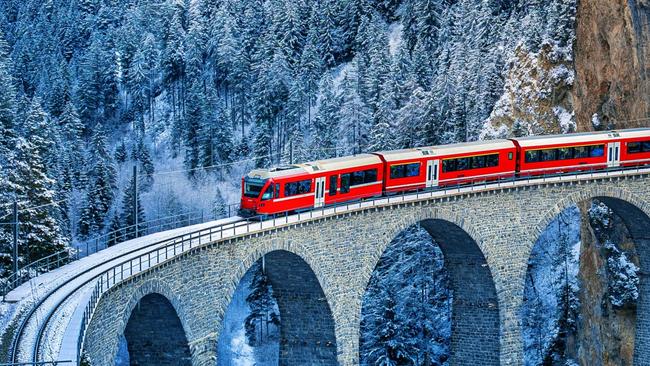
2. Where should you go?
The most popular rail destinations globally are Switzerland, Italy, the UK, France, Canada and Ireland. However, destinations such as Portugal are also experiencing major growth as rail riders venture further afield, while Intrepid Travel says its Classic Rajasthan itinerary in India is popular with Australians.
TIP: Rail connects more than just big cities. For example, Takaragawa Onsen, a famous hot spring in Japan, is near Jomo-Kogen Station – just over an hour from Tokyo by the Shinkansen, aka bullet train.
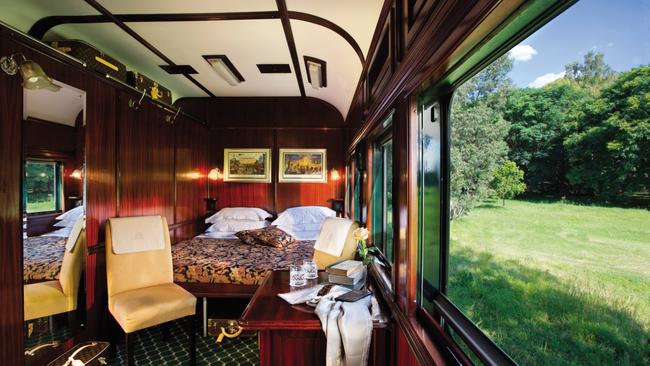
3. How long should you travel?
Railbookers says the average duration of its trips is 10 days. However, it depends on the experience – for example, if you’re riding South Africa’s spectacular Rovos Rail from Pretoria to Victoria Falls, it makes sense to extend your stay with a Kruger National Park safari. If you’re staying closer to home, Vintage Rail Journeys’ three-night Race’n Rail package from Sydney to Bathurst in October might be the perfect short break.
TIP: One of the perks of train travel is customisation. For example, Amtrak’s flagship passenger train, the Acela, travels from Boston to Washington DC in seven hours, but remember you can stop as often – and for as long – as you like in places such as Baltimore, New York City or Philadelphia.
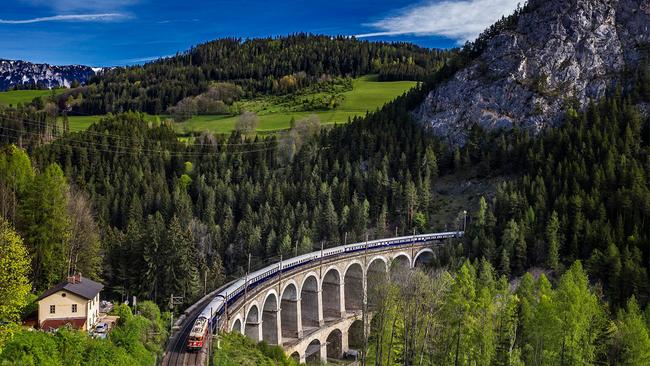
4. When should you travel?
Regardless of whether you want to book the trip yourself or go via a travel agent, the experts agree you should get in as early as possible – especially for bucket-list trips such as the Danube Express through Eastern Europe.
“The best advice I can start with is to plan ahead,” says Brett Mitchell, Intrepid Travel’s ANZ general manager. “Some of these trips have limited spots and we often see them fill up months in advance.”
TIP: Summer is the peak season for most networks and while the weather is beautiful, trains can be packed, so shoulder seasons can be a better time to book.
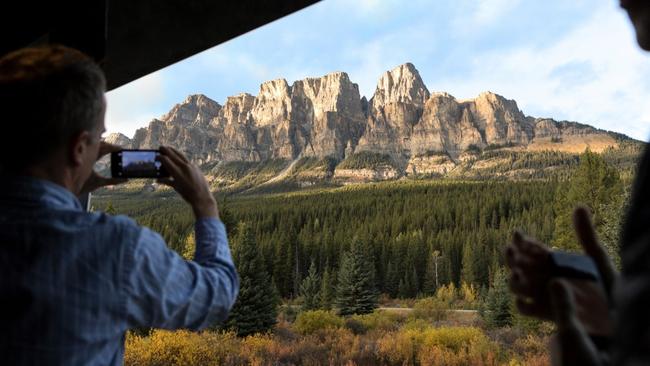
5. How should you book?
It’s never been easier to book a train trip. Many operators, such as Canada’s Via Rail, offer packages – for example, the six-day Alpine Canadian Train to the Rockies, which rolls by the scenic highlights of Jasper, Lake Louise, Banff and Calgary from $3533. You could also consider a rail pass, such as Eurail, which allows you to create your own itinerary and jump on and off trains at your leisure. If you’re booking a complex itinerary, however, you can’t beat a travel agent, who will plan your trip from door to door. Tour operators’ specialist rail packages are also an option. Travelmarvel, for example, has a New Zealand Rail Adventure that includes multiple train trips.
TIP: Little expenses can add up, so don’t forget details such as airport transfers, hotel stays, food and drink (if they’re not included), additional tours and gratuities.
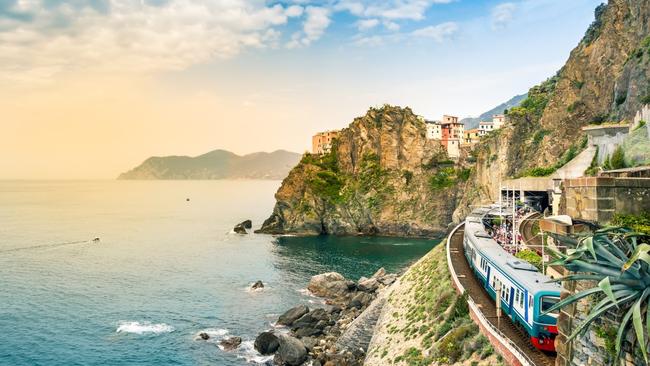
6. What should you pack?
There are a few things you should never travel without. The first is local currency, just in case the station’s ticket machines or the train’s on-board services don’t accept your card. The second is snacks and a refillable water bottle. If you’re travelling overnight, or taking a long trip in a regular seat, make sure you add ear plugs, an eye mask and a neck pillow so you can catch some sleeps along the way.
TIP: Trains typically don’t have baggage limits, which makes it tempting to shop until you drop. However, you’ll probably have to handle your own luggage, so less is always more.
More Coverage
Originally published as Train travel is on the rise, these are rail experts' tips and tricks





